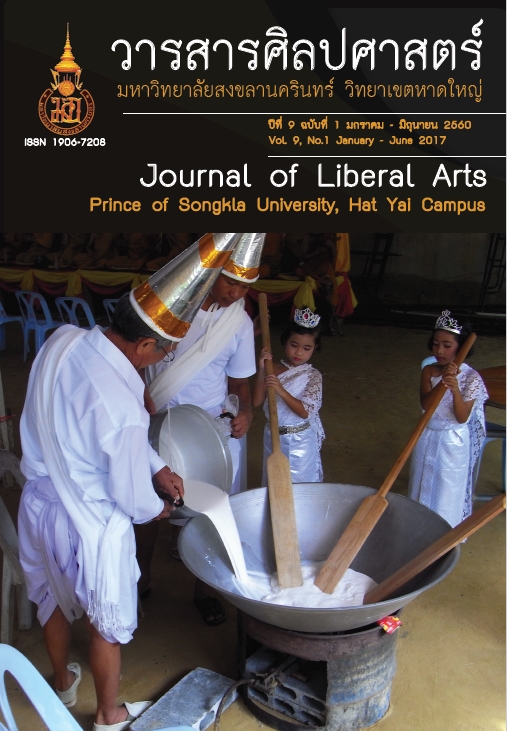ผลการใช้ตัวแบบเชิงกระบวนการเพื่อลดความเสี่ยง โรคหลอดเลือดหัวใจ
คำสำคัญ:
โรคหลอดเลือดหัวใจ, การป้องกันโรคปฐมภูมิ, ตัวแบบเชิงกระบวนการบทคัดย่อ
การวิจัยกึ่งทดลองครั้งนี้ มีวัตถุประสงค์เพื่อเปรียบเทียบผลการใช้ตัวแบบเชิงกระบวนการเพื่อลดความเสี่ยงโรคหลอดเลือดหัวใจในข้าราชการกองทัพอากาศ ได้แก่กระบวนการประเมินความเสี่ยง (risk stratification) การให้ข้อมูลในการปรับเปลี่ยนพฤติกรรม (risk education) การลดความเสี่ยง (risk reduction) และติดตามการลงมือปฏิบัติ (holding on) โดยคัดเลือกกลุ่มตัวอย่างที่มีความเสี่ยงต่อการเกิดโรคหัวใจระดับปานกลาง จำนวน 60 คน แบ่งเป็นกลุ่มทดลองและกลุ่มควบคุม กลุ่มละ 30 คน เก็บรวบรวมข้อมูลความเสี่ยงของกลุ่มตัวอย่างก่อนและหลังการใช้ตัวแบบเชิงกระบวนการ นาน 3 เดือน แล้วเก็บข้อมูลอีกครั้งหนึ่งหลังใช้ตัวแบบเชิงกระบวนการนาน 1 ปี เพื่อศึกษาความคงอยู่ของตัวแบบเชิงกระบวนการ วิเคราะห์ข้อมูลโดยใช้สถิติพรรณนา และเปรียบเทียบผลการทดลองด้วยสถิติ t-test
ผลการวิจัยพบว่า 1) ความเสี่ยงต่อการเกิดโรคหลอดเลือดหัวใจของกลุ่มทดลอง หลังใช้ตัวแบบเชิงกระบวนการ เป็นระยะเวลา 3 เดือนและ 1 ปี ต่ำกว่าก่อนใช้ตัวแบบเชิงกระบวนการ อย่างมีนัยสำคัญทางสถิติ (p<.05) 2) กลุ่มทดลองมีความเสี่ยงต่อการเกิดโรคหลอดเลือดหัวใจ หลังใช้ตัวแบบเชิงกระบวนการนาน 3 เดือน และหลังใช้ตัวแบบเชิงกระบวนการนาน 1 ปี ต่ำกว่ากลุ่มควบคุมอย่างมีนัยสำคัญทางสถิติ (p<.05) สรุปได้ว่า บุคคลที่ใช้ตัวแบบเชิงกระบวนการเพื่อป้องกันโรคหลอดเลือดหัวใจ สามารถลดความเสี่ยงต่อการเกิดโรคหลอดเลือดหัวใจได้
ดาวน์โหลด
เผยแพร่แล้ว
รูปแบบการอ้างอิง
ฉบับ
ประเภทบทความ
สัญญาอนุญาต
ลิขสิทธิ์ (c) 2017 วารสารศิลปศาสตร์ มหาวิทยาลัยสงขลานครินทร์ วิทยาเขตหาดใหญ่ (Journal of Liberal Arts Prince of Songkla University Hat Yai)

อนุญาตภายใต้เงื่อนไข Creative Commons Attribution-NonCommercial-NoDerivatives 4.0 International License.
ลิขสิทธิ์บทความเป็นของผู้เขียน แต่วารสารศิลปศาสตร์ มหาวิทยาลัยสงขลานครินทร์ ขอสงวนสิทธิ์ในการเป็นผู้ตีพิมพ์เผยแพร่เป็นครั้งแรก






